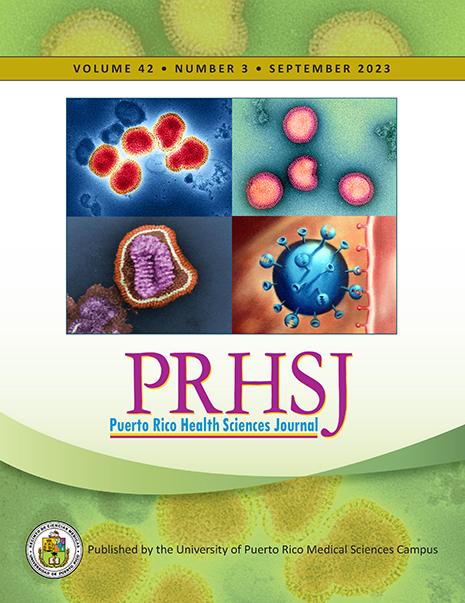Abstract
Objective: Screening tests are recommended to identify genetic defects, chromosomal aneuploidies, and structural birth defects. Sonographic and maternal serum–based options are available for the risk assessment of aneuploidy in the first and/or second trimester. Also, invasive diagnostic methods, such as amniocentesis, are used for prenatal diagnosis, but these methods carry a tangible risk to the fetus. However, in recent years, circulating fetal nucleic acids have a promising moleculer tool in the noninvasive prenatal diagnosis of fetal chromosomal aneuploidies. In this study, we aimed to explore the usability of microRNAs (miRNAs) in this process of prenatal diagnosis. Methods: Fourteen pregnant patients who were found to be carrying fetuses with congenital anomalies were designated as the patient group; 16 pregnant women identified as being at risk of carrying children with such anomalies—but whose fetuses were later found to be anomaly-free—were assigned to control group 1; and 13 pregnant women who had been screened and who had not been identified as being at risk made up control group 2. An analysis of miRNA expression, isolated from maternal plasma and amniotic fluid samples, was performed by quantitative real-time polymerase chain reaction. Results: It was found that hsa-miR-629-5p, hsa-miR-320c, hsa-miR-21-5p, hsa-let-7c-5p, hsa-miR-98-5p, hsa-miR-486-5p, hsa-miR-4732-5p, and hsa-miR-181a-5p levels increased in the patient group’s maternal plasma compared to that of the control group. Conclusion: In light of these data, we believe that miRNAs may have an important role in the noninvasive prenatal diagnosis of fetal birth defects, especially Down syndrome.
Authors who publish with this journal agree to the following terms:
a. Authors retain copyright and grant the journal right of first publication with the work simultaneously licensed under a Creative Commons Attribution License that allows others to share the work with an acknowledgement of the work's authorship and initial publication in this journal.
b. Authors are able to enter into separate, additional contractual arrangements for the non-exclusive distribution of the journal's published version of the work (e.g., post it to an institutional repository or publish it in a book), with an acknowledgement of its initial publication in this journal.
c. Authors are permitted and encouraged to post their work online (e.g., in institutional repositories or on their website) prior to and during the submission process, as it can lead to productive exchanges, as well as earlier and greater citation of published work (See The Effect of Open Access).
